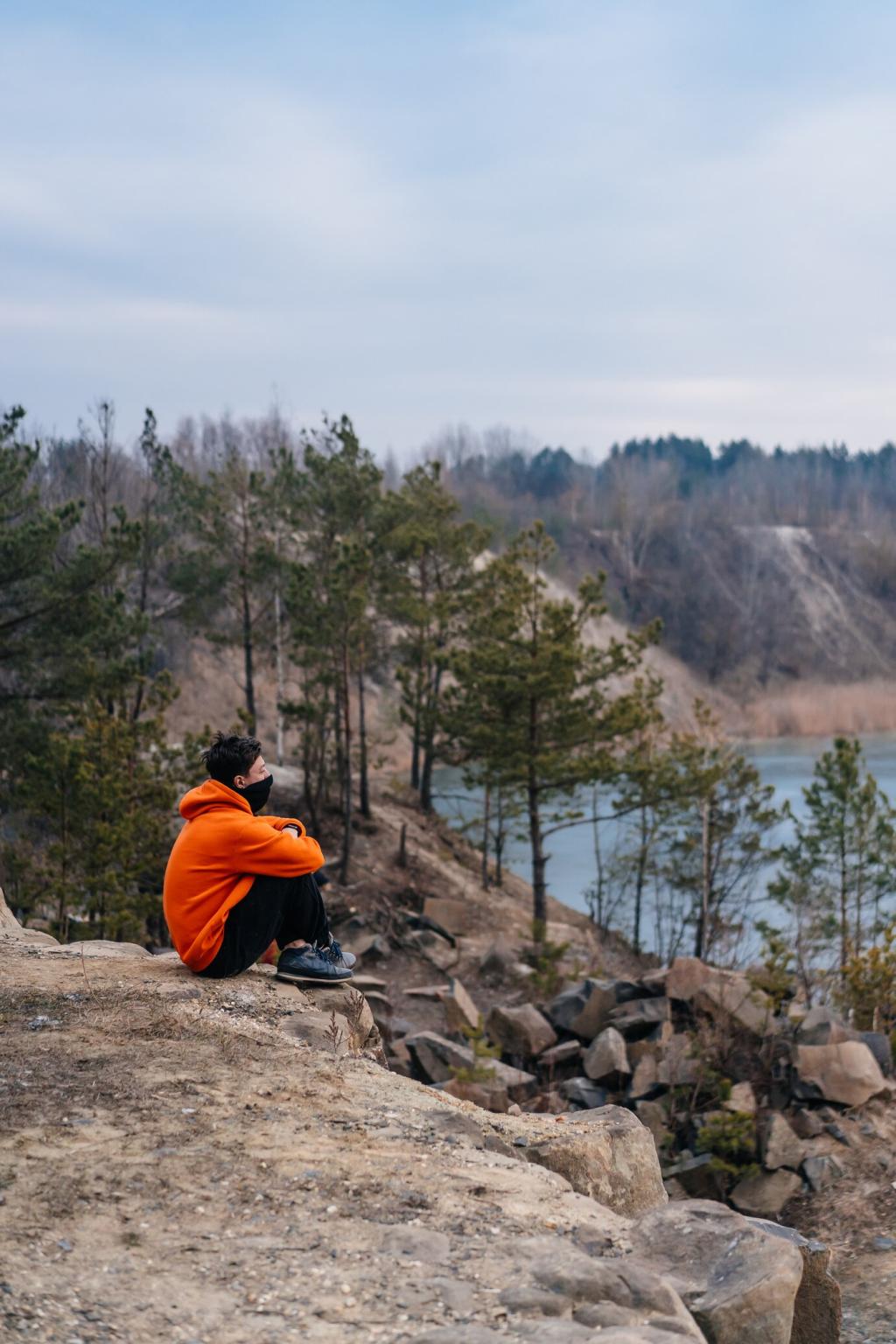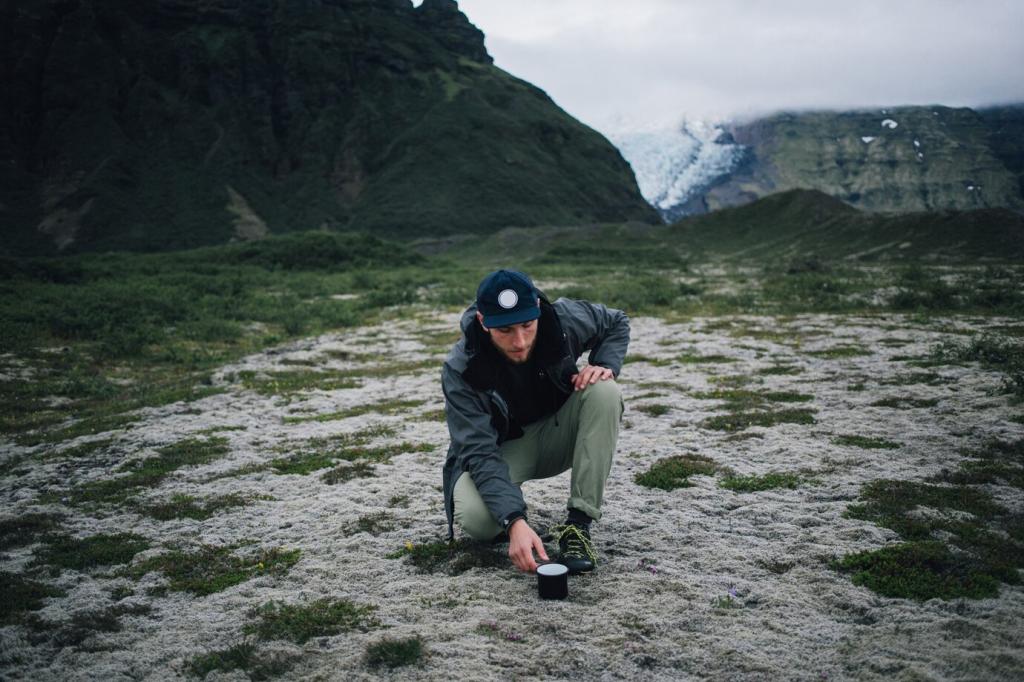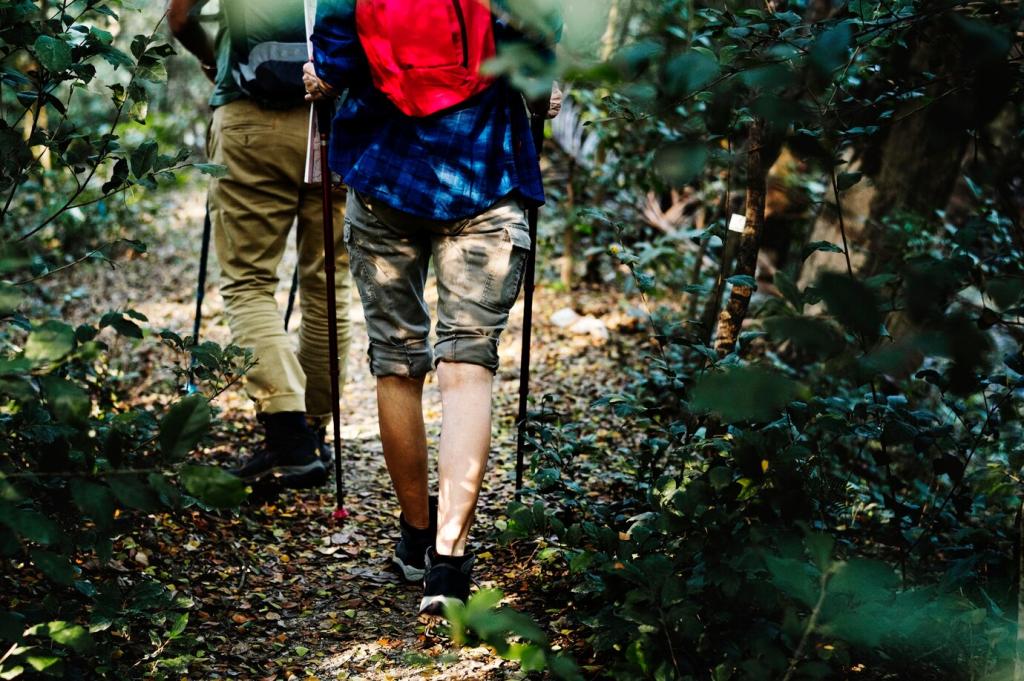Fall Mountain Hikes: Essential Gear and Safety Tips
Theme for this edition: Fall Mountain Hikes: Essential Gear and Safety Tips. Crisp air, blazing foliage, and quieter trails make autumn irresistible. Here you’ll find practical, field-tested advice to keep your pack dialed, your steps confident, and your judgement sharp. Share your favorite cold-weather hack in the comments and subscribe for our printable fall hiking checklist.
Mastering Autumn Mountain Weather

Don’t rely on a city forecast. Check mountain-specific reports for freezing level, ridge wind speeds, precipitation type, and storm timing. A five-degree drop near sunset can transform puddles into verglas and drizzle into sleet on exposed passes.



Footing, Traction, and Poles
Boots Versus Trail Runners
Stable boots shine on wet, rocky steps and with heavier packs. Trail runners dry quickly and feel nimble in leaf litter. Whatever you choose, prioritize grippy lugs and fit. Bring dry socks; warm toes restore morale at the first chilly overlook.
Microspikes and Gaiters
Toss microspikes into your pack when overnight freezes are likely. They bite into frosty steps without the bulk of crampons. Pair with short gaiters to block sleet, mud, and leaf debris, keeping your socks drier and your stride more confident.
Poles for Stability and Rhythm
Adjust poles slightly shorter for steep climbs and longer for descents. Plant deliberately on wet boards and slabby rock. Poles help test depth under leaves and distribute load, saving knees while you negotiate slick switchbacks and unexpected patches of early ice.

This is the heading
Lorem ipsum dolor sit amet, consectetur adipiscing elit. Ut elit tellus, luctus nec ullamcorper mattis, pulvinar dapibus leo.

This is the heading
Lorem ipsum dolor sit amet, consectetur adipiscing elit. Ut elit tellus, luctus nec ullamcorper mattis, pulvinar dapibus leo.
Use insulated bottles or sleeves to prevent freezing, and stash one bottle upside down so ice forms at the base, not the cap. Sip regularly. Add electrolytes to encourage drinking when cool weather dampens thirst cues on long, windy ridges.
Food, Water, and Staying Warm
Choose chewy snacks that won’t turn to rocks in the cold: nut butters, date bars, soft jerky, and chocolate with higher fat content. A small thermos of broth or tea boosts warmth and morale during wind-stung pauses at exposed viewpoints.
Food, Water, and Staying Warm
First-Aid and Repair Kit Essentials
Pack blister care, elastic wrap, pain relief, an emergency bivy, repair tape, and a sturdy knife. Include spare gloves and a heat pack. On a blustery October ridge, a torn glove once numbed my fingers until that tiny bivy saved dexterity.
Check-Ins and Locator Devices
Leave a plan with a trusted contact: trailhead, route, party members, and return time. In remote ranges, a satellite messenger or PLB provides lifelines. Cold drains phone batteries quickly; airplane mode and a pocket carry help conserve essential power.
Group Dynamics and Solo Decisions
Agree on pace, checkpoints, and turnaround criteria before hiking. Appoint a timekeeper. Soloing demands even stricter margins—conservative weather windows, shorter objectives, and redundant light. Confidence comes from discipline, not bravado, especially when frost whispers under the leaves.
